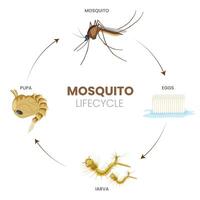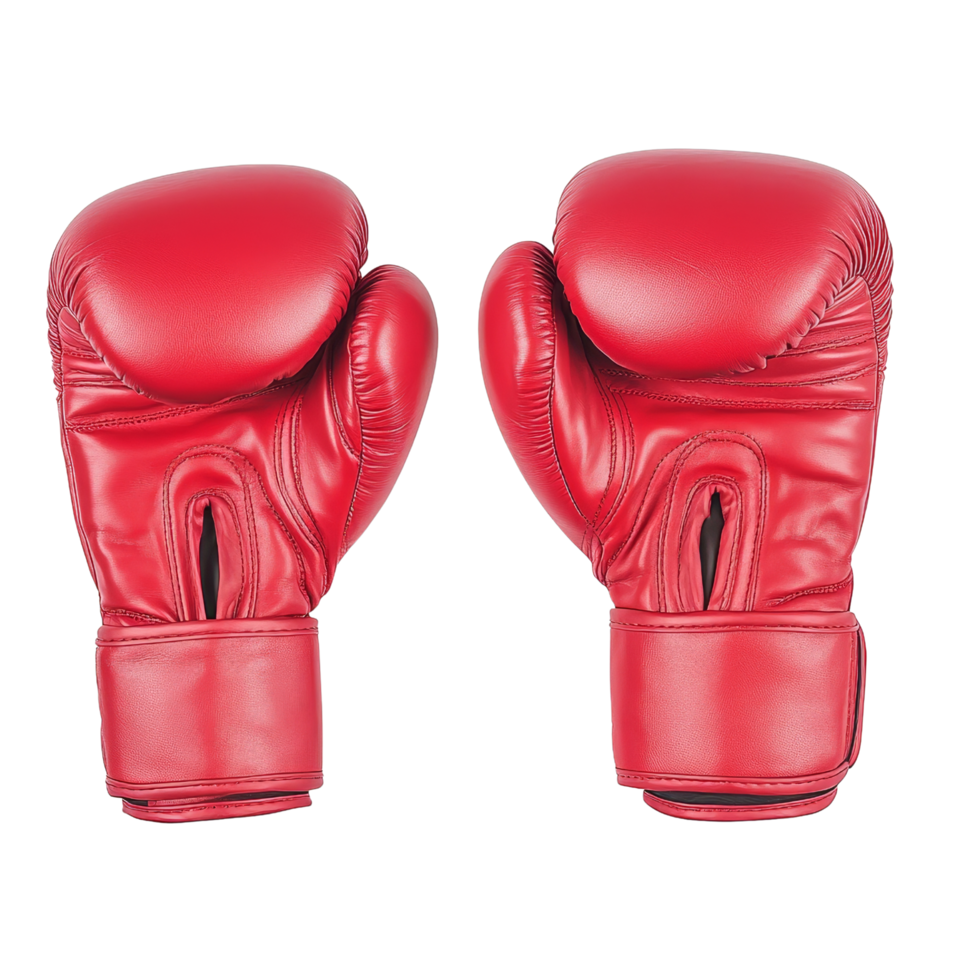Understanding Copyright Takedowns: Protecting Your Online Content



- Copyright holders identify infringing content.
- A formal takedown notice is drafted and sent to the platform.
- The platform reviews the notice and the alleged infringement.
- The platform removes the infringing content (typically within a short timeframe).
- The alleged infringer may have the option to dispute the takedown (counter-notice).
Action | Description |
|---|---|
Copyright Holder | Identifies infringement, sends takedown notice. |
Platform (e.g., YouTube) | Receives notice, removes infringing content (if valid). |
Alleged Infringer | May file a counter-notice (if they believe it's not infringement). |
Copyright Holder (after counter-notice) | Can pursue legal action if they disagree with the counter-notice. |
Action | Description |
|---|---|
Copyright Holder | Identifies infringement, sends takedown notice. |
Platform (e.g., YouTube) | Receives notice, removes infringing content (if valid). |
Alleged Infringer | May file a counter-notice (if they believe it's not infringement). |
Copyright Holder (after counter-notice) | Can pursue legal action if they disagree with the counter-notice. |

- Copyright holders can send takedown notices to service providers.
- Service providers must act on valid takedown notices.
- Protection against circumvention of TPMs.
- Safe harbor provisions for service providers (if they comply with certain requirements).
- Penalties for misrepresenting copyright infringement.
DMCA Section | Description |
|---|---|
512(c) - Safe Harbor for Service Providers | Protects service providers from liability if they take down infringing content after notice. |
1201 - Anti-Circumvention | Prohibits bypassing technological measures used to protect copyrighted works. |
512(f) - Misrepresentation | Penalties for knowingly misrepresenting that material is infringing (or that it was removed by mistake). |
DMCA Section | Description |
|---|---|
512(c) - Safe Harbor for Service Providers | Protects service providers from liability if they take down infringing content after notice. |
1201 - Anti-Circumvention | Prohibits bypassing technological measures used to protect copyrighted works. |
512(f) - Misrepresentation | Penalties for knowingly misrepresenting that material is infringing (or that it was removed by mistake). |

- Identify the Infringing Content: Locate the specific content that infringes your copyright.
- Gather Evidence: Collect proof of your copyright ownership (e.g., registration, creation date).
- Prepare the Takedown Notice: Include all required information (see above).
- Send the Notice: Send the notice to the appropriate platform or service provider.
- Follow Up: Monitor the situation and follow up if necessary.
Item | Details |
|---|---|
Identifying the Work | Clearly describe the copyrighted work (e.g., title, URL, description). |
Infringing Material's Location | Provide the URL(s) of the infringing content. |
Contact Information | Include your name, address, phone number, and email. |
Good Faith Belief | State that you believe the use is unauthorized. |
Accuracy and Authorization | Sign the statement under penalty of perjury. |
Item | Details |
|---|---|
Identifying the Work | Clearly describe the copyrighted work (e.g., title, URL, description). |
Infringing Material's Location | Provide the URL(s) of the infringing content. |
Contact Information | Include your name, address, phone number, and email. |
Good Faith Belief | State that you believe the use is unauthorized. |
Accuracy and Authorization | Sign the statement under penalty of perjury. |

- Review the Notice: Understand the claims against your content.
- Assess the Validity: Determine if the claim is legitimate.
- Comply or Dispute: Remove the content or file a counter-notice.
- Gather Evidence: If disputing, collect evidence to support your claim (e.g., license, fair use).
- Seek Legal Advice: Consult with an attorney if you are unsure about how to proceed.
Action | Description |
|---|---|
Remove the Content | Comply with the takedown notice if you agree it's infringing. |
File a Counter-Notice | Dispute the takedown if you believe it's incorrect (e.g., Fair Use). |
Contact the Claimant | Attempt to resolve the issue directly with the copyright holder (this is useful if you may want to use some content, and can ask for permission or a license). |
Ignore the Notice | This is risky and could lead to further action against you (e.g., legal action, account suspension). |
Action | Description |
|---|---|
Remove the Content | Comply with the takedown notice if you agree it's infringing. |
File a Counter-Notice | Dispute the takedown if you believe it's incorrect (e.g., Fair Use). |
Contact the Claimant | Attempt to resolve the issue directly with the copyright holder (this is useful if you may want to use some content, and can ask for permission or a license). |
Ignore the Notice | This is risky and could lead to further action against you (e.g., legal action, account suspension). |









